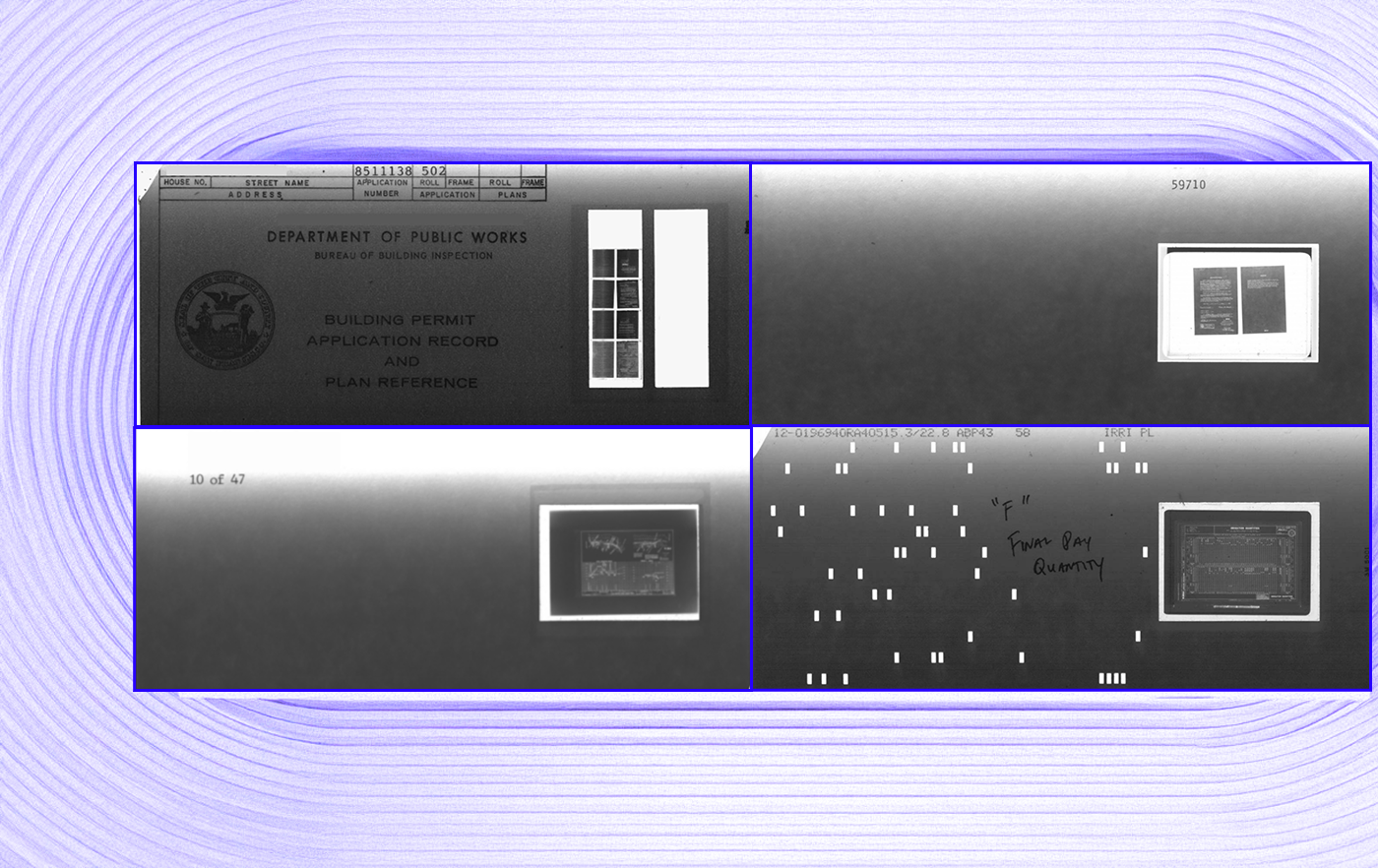Aperture cards come in multiple formats and styles, and if you’re looking into scanning your aperture cards, it’s important to know which type you have.
Here, we’ll describe what aperture cards are and then illustrate the variations that you may come across in your own collection.
What Are Aperture Cards?
Aperture cards are a type of microform made from cardstock, roughly 3 inches by 7 inches in dimensions. When you look at them correctly, there is an aperture on the right side that holds a piece of 35 mm microfilm.
In most cases, aperture cards were utilized for records such as engineering drawings, planning, building records, and similar documents.
35mm Aperture Card
35mm Aperture Card (Single Image)
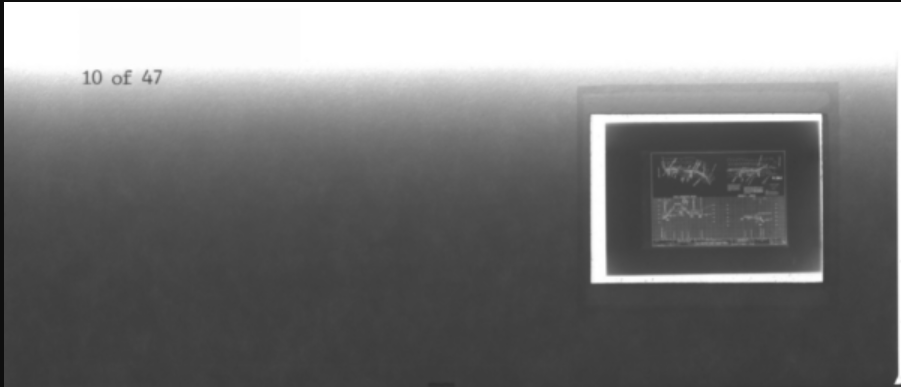
Card Size
3.25” x 7.5”
Image Quantity
1 35mm microfilm image
Image Size
Typically large format documents, such as engineering drawings, blueprints, books, etc.
Image Layout
With the standard 35mm card and a single 35mm image, the image should fill the entire frame and be right reading.
Use Cases (Industry / Department)
In most cases, 35mm aperture cards will be found in organizations with an engineering-type department, such as community development, building, and planning departments, or private engineering firms.
Scan Cost
$0.35 – $0.65 per card is a good baseline.
Much of the price will depend on how many aperture cards you’re getting scanned and the indexing (digital naming) of the files.
Make sure you communicate the specifics of your aperture cards to your scanning partner to get an accurate quote.
35mm Aperture Card (Multi-Image)
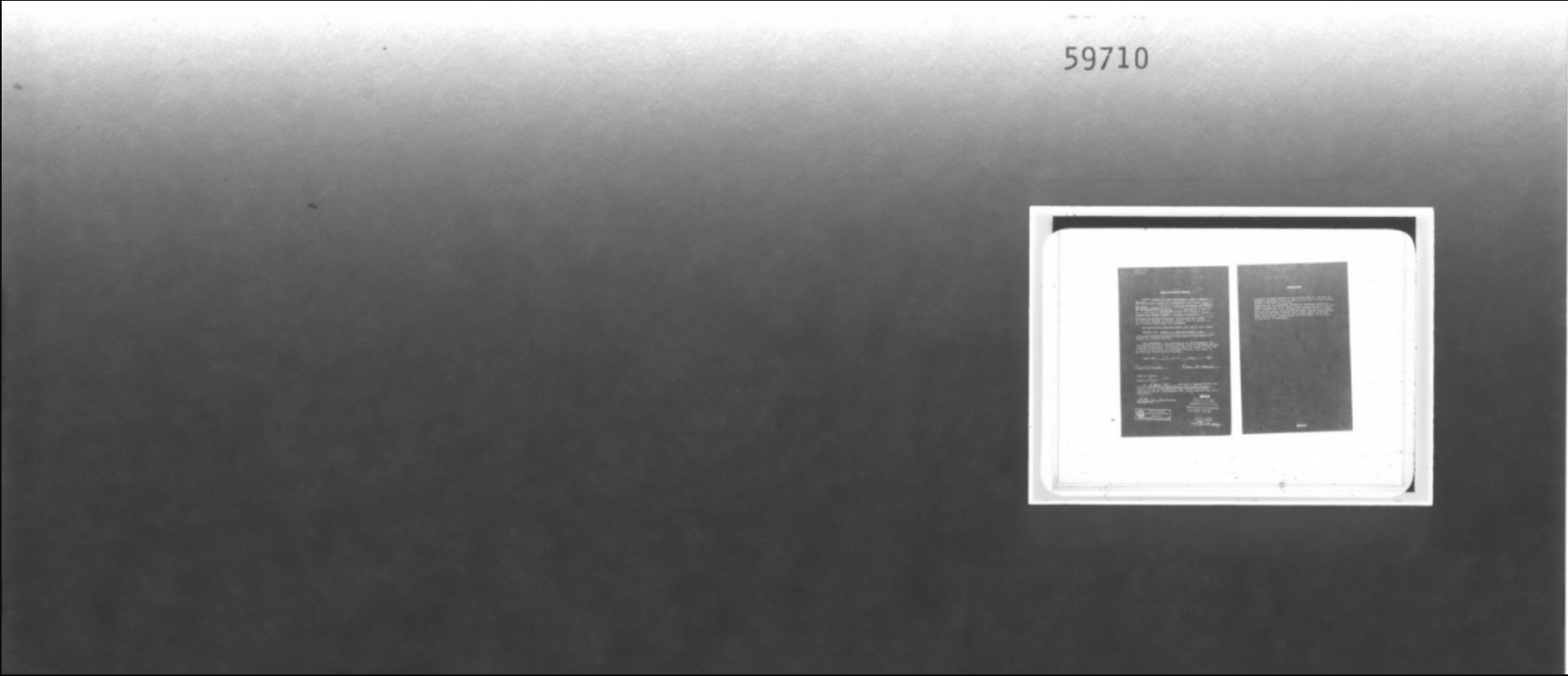
Card Size
3.25” x 7.5”
Image Quantity
Multiple 16mm microfilm images in the 35mm frame
Image Size
Typically documents related to building and planning records, such as permits.
Image Layout
They can be uniform and organized, or somewhat haphazard. Right-reading is typical, but don’t be surprised if they’re “mirrored” (flipped backward) or even upside down or rotated.
Use Cases (Industry / Department)
In most cases, aperture cards will be found in organizations with an engineering-type department, such as community development, building, and planning departments, or private engineering firms.
Scan Cost
$0.35 – $0.65 per card is a good baseline.
Much of the price will depend on how many aperture cards you’re getting scanned and the indexing (digital naming) of the files.
Make sure you communicate the specifics of your aperture cards to your scanning partner to get an accurate quote.
16mm Aperture Card
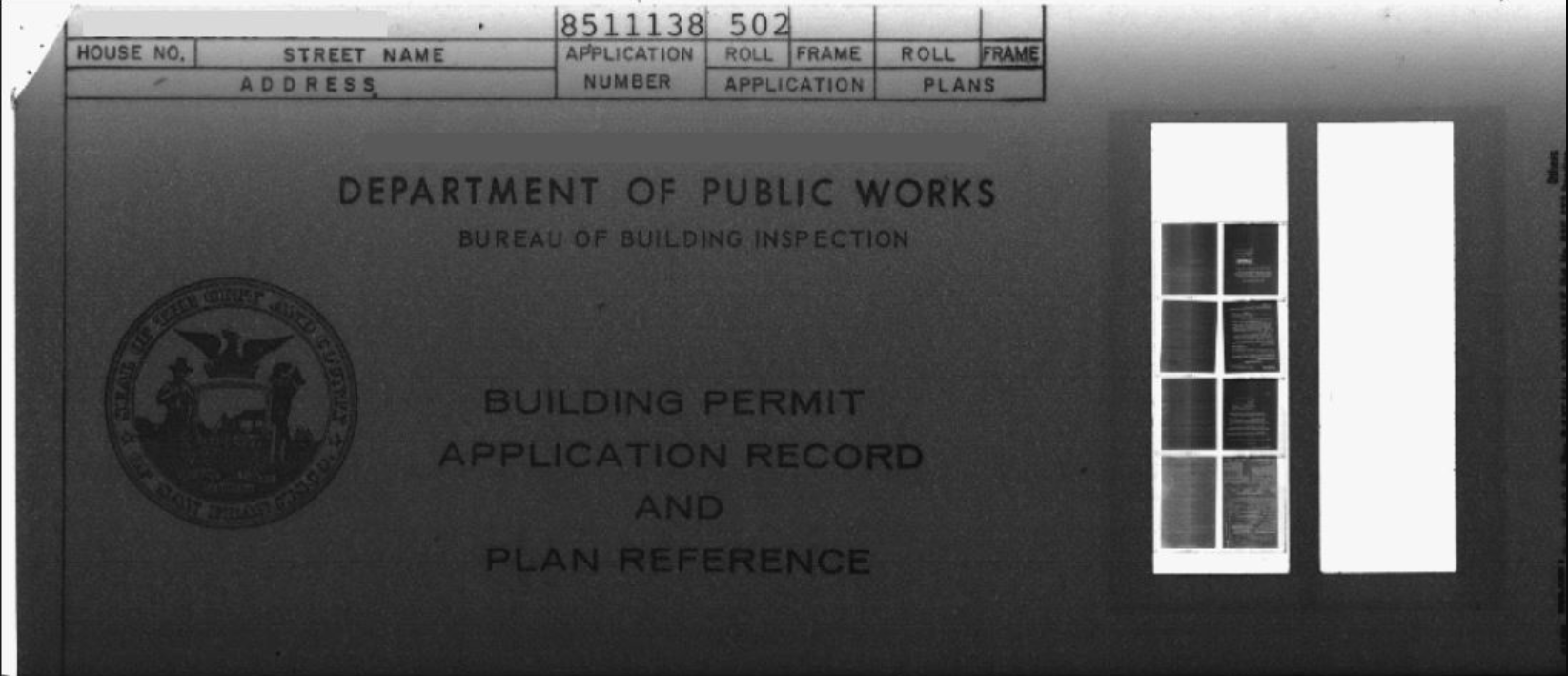
Card Size
3.25” x 7.5”
Image Quantity
Multiple 16mm microfilm images in the card aperture.
Image Size
Small format documents, such as permit files.
Image Layout
The images will be right reading in the channels in most cases, but can be mirrored if they were inserted backwards. Also, images may be rotated in some fashion.
Use Cases (Industry / Department)
16mm aperture cards will be found in organizations with an engineering-type department, such as community development, building, and planning departments, or private engineering firms.
Scan Cost
$0.50 – $1.00 per card is a good baseline.
Because of the non-standard format of these cards, they require specialized scanning that is different than a normal 35mm aperture card.
Hollerith Aperture Card
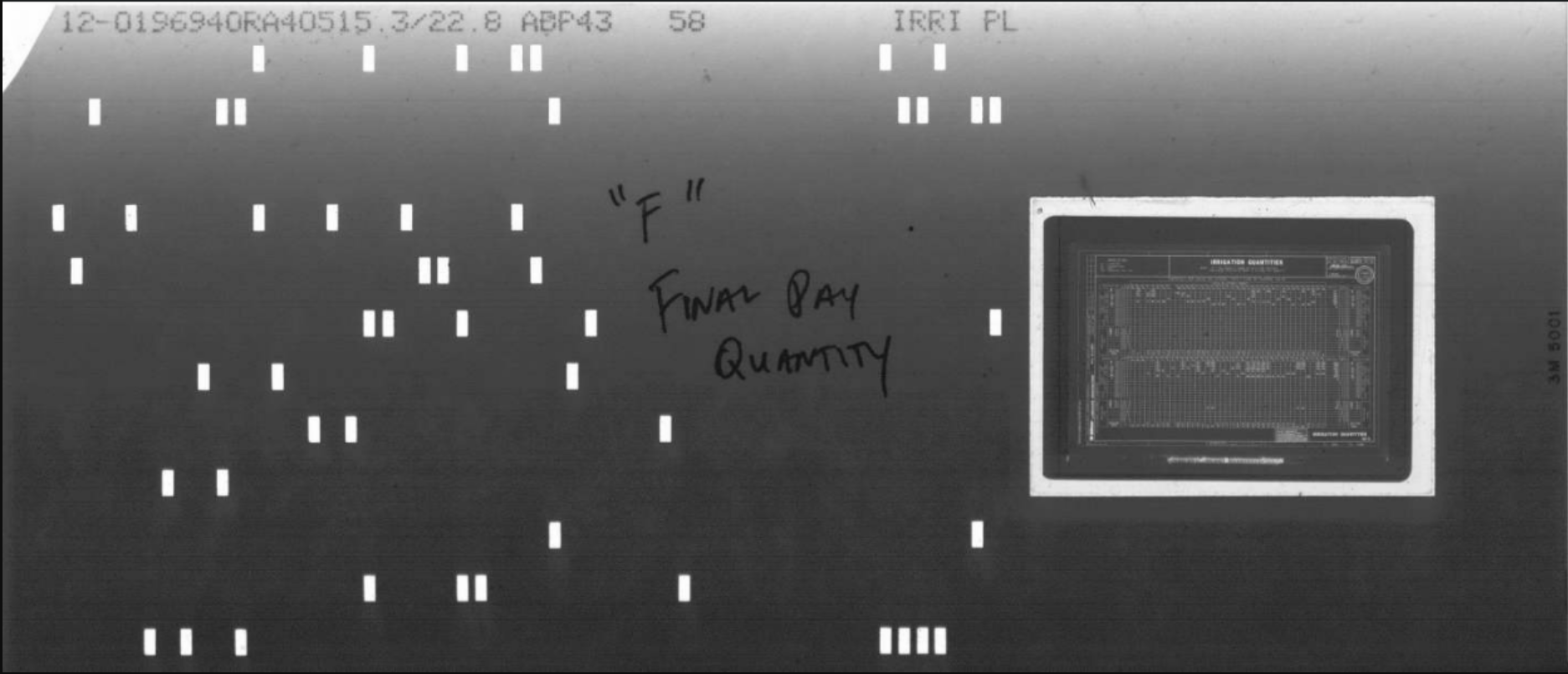
Card Size
3.25” x 7.5”
Image Quantity
1 35mm microfilm image
Image Size
Typically large format documents, such as engineering drawings, blueprints, books, etc.
Image Layout
With the standard 35mm card and a single 35mm image, the image should fill the entire frame and be right reading.
Use Cases (Industry / Department)
In most cases, 35mm aperture cards will be found in organizations with an engineering-type department, such as community development, building, and planning departments, or private engineering firms.
Scan Cost
$0.20 – $0.40 cents per card is a good baseline.
Aperture cards can be scanned and indexed using a special scanner that “reads” the Hollerith punch hole data, which reduces the indexing cost.
Next Steps
Reach out to us today! Click the “Get Your Quote” button below, fill out the form, and we’ll quickly reply to you to discuss your project.
Further Reading
Beginner’s Guide To Aperture Card Types: Standard vs. Hollerith
We don’t expect our clients to be experts about aperture cards. That’s what we’re for. But it is useful to know a little bit about aperture cards, and one of the first things you can look for is “standard” vs. “Hollerith.”
Aperture Card Scanning: Frequently Asked Questions
Do you have questions about aperture card scanning? Here are some frequently asked questions that we answer for you, including “how long will my aperture card scanning project take?” and “what’s the aperture card scanning process?”
The BMI Aperture Card Scanning Process
Do you have aperture cards you want to scan and are curious about how it’s done? Our 10-step aperture card scanning process will show you how we convert your physical aperture card collection to digital files, including steps such as transportation, process flow creation, scanning, digital delivery, and more.

